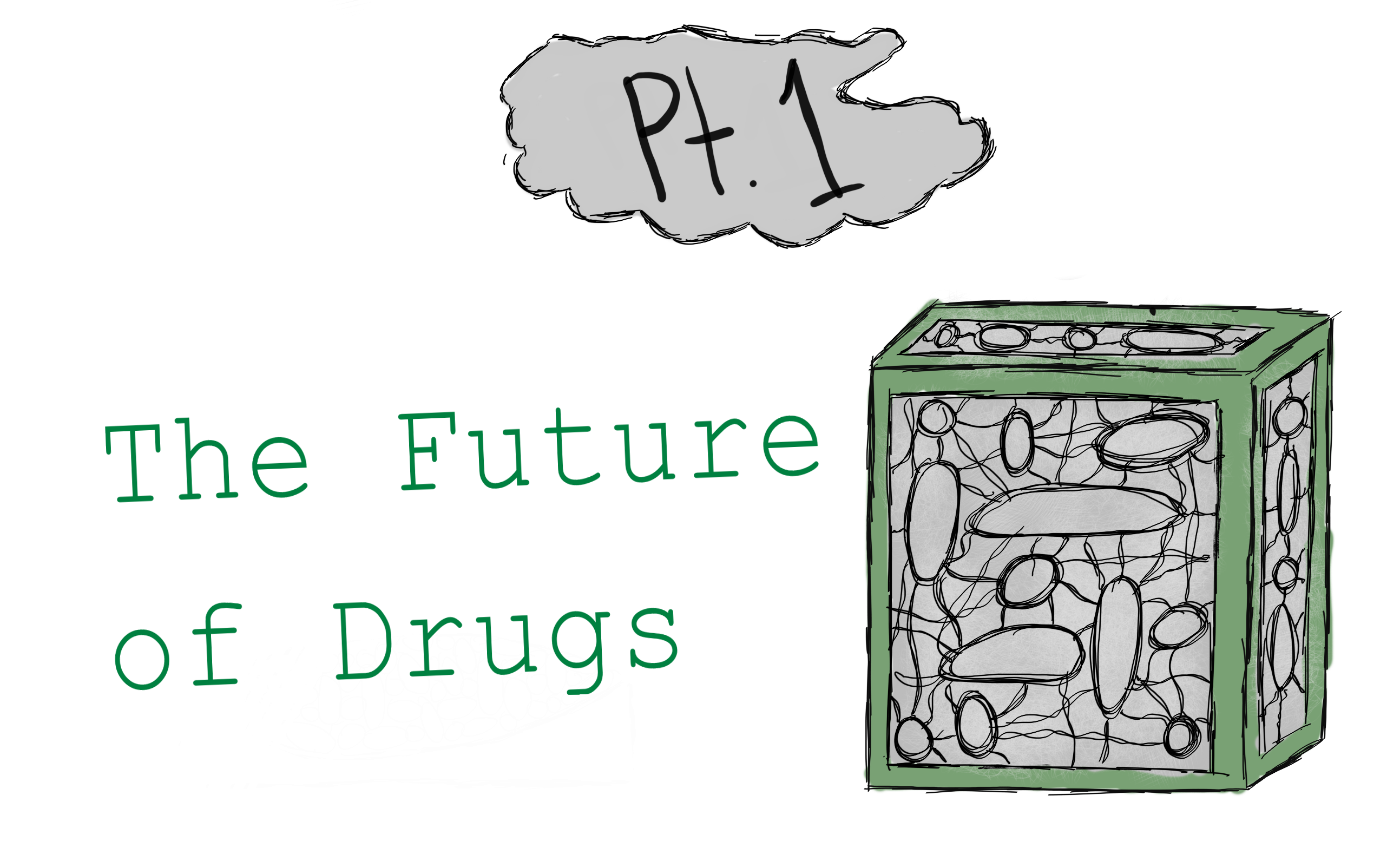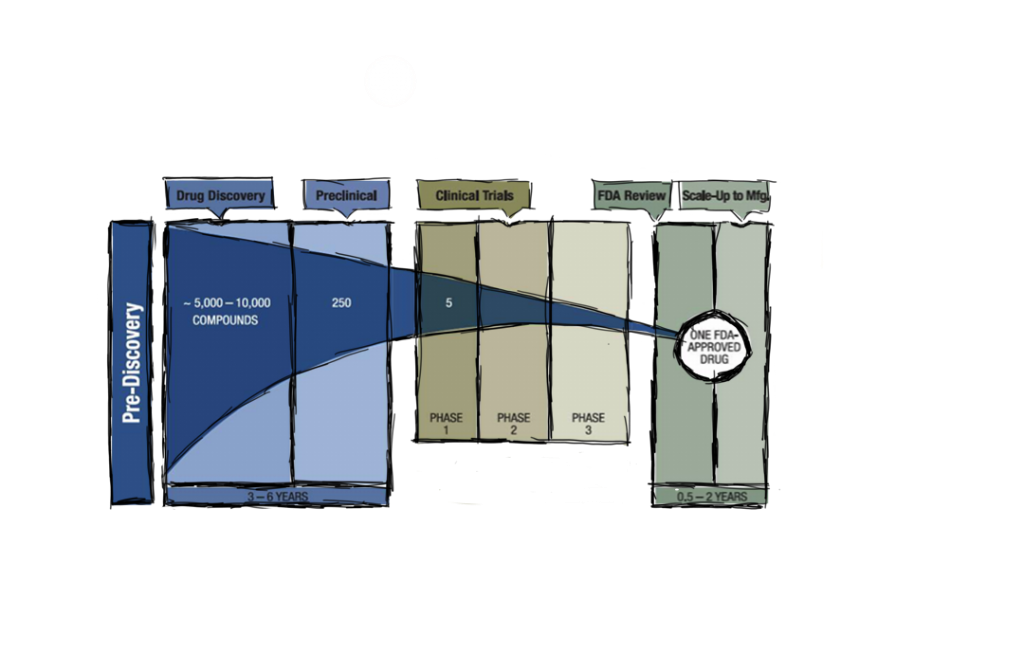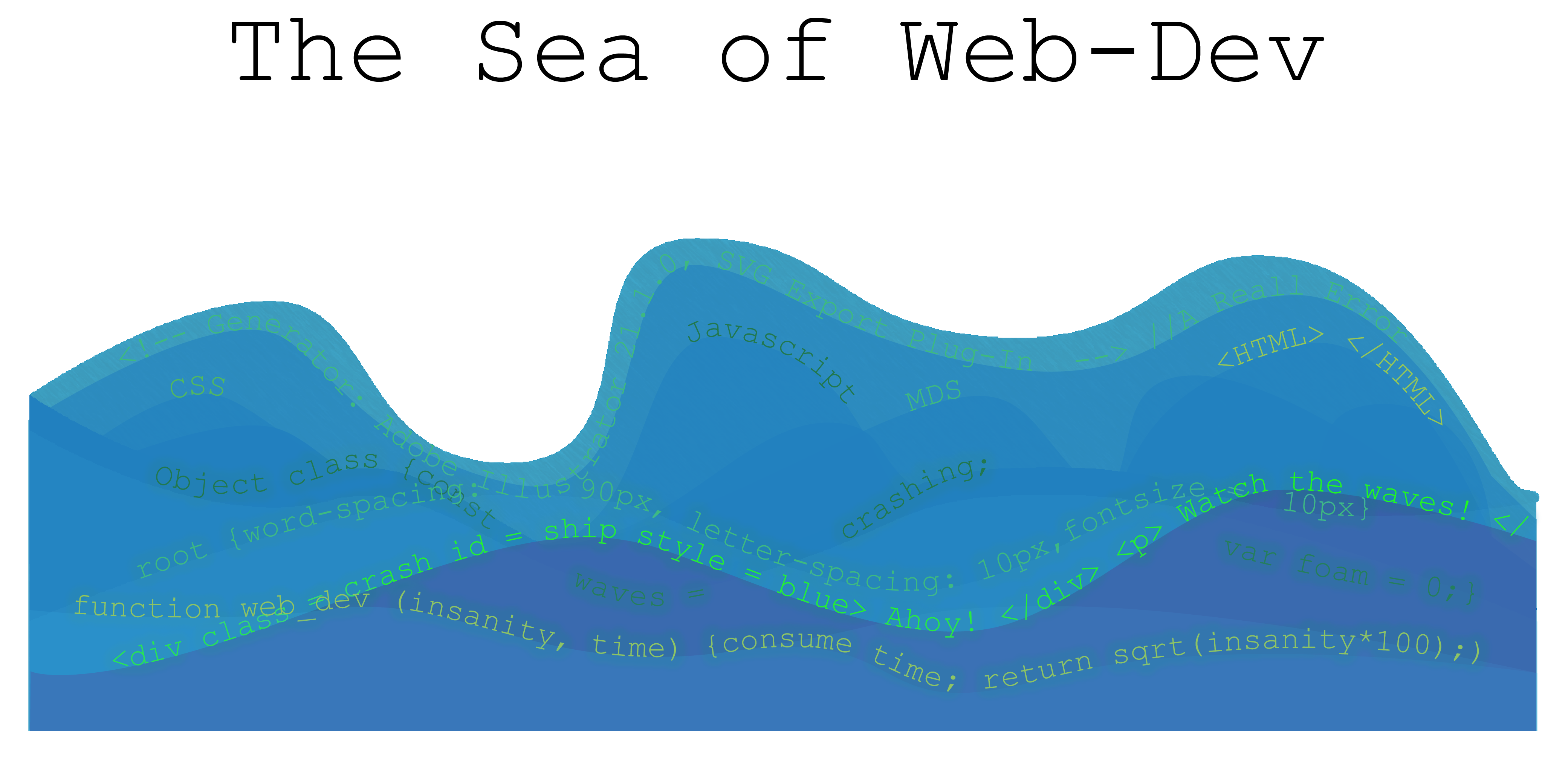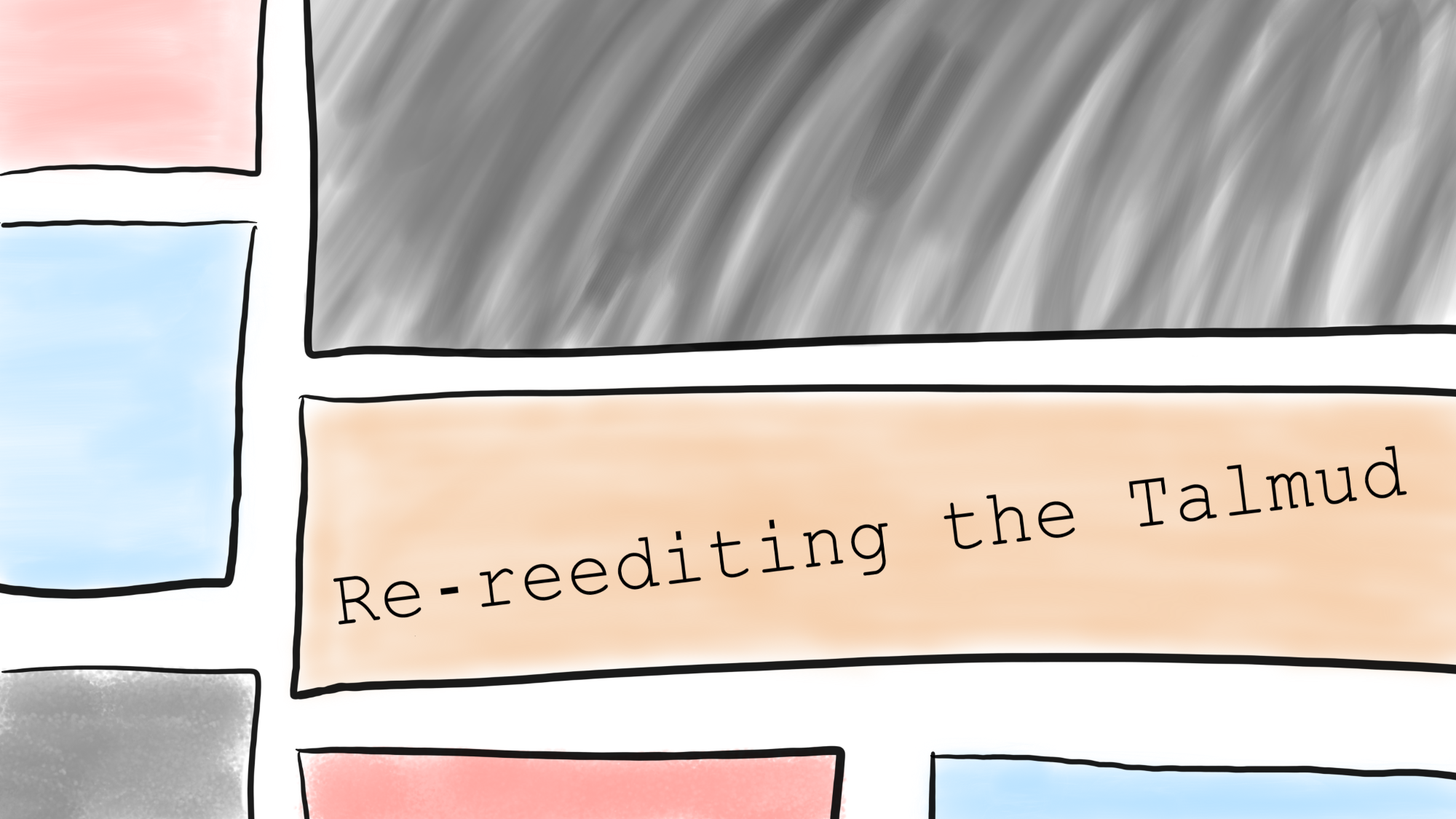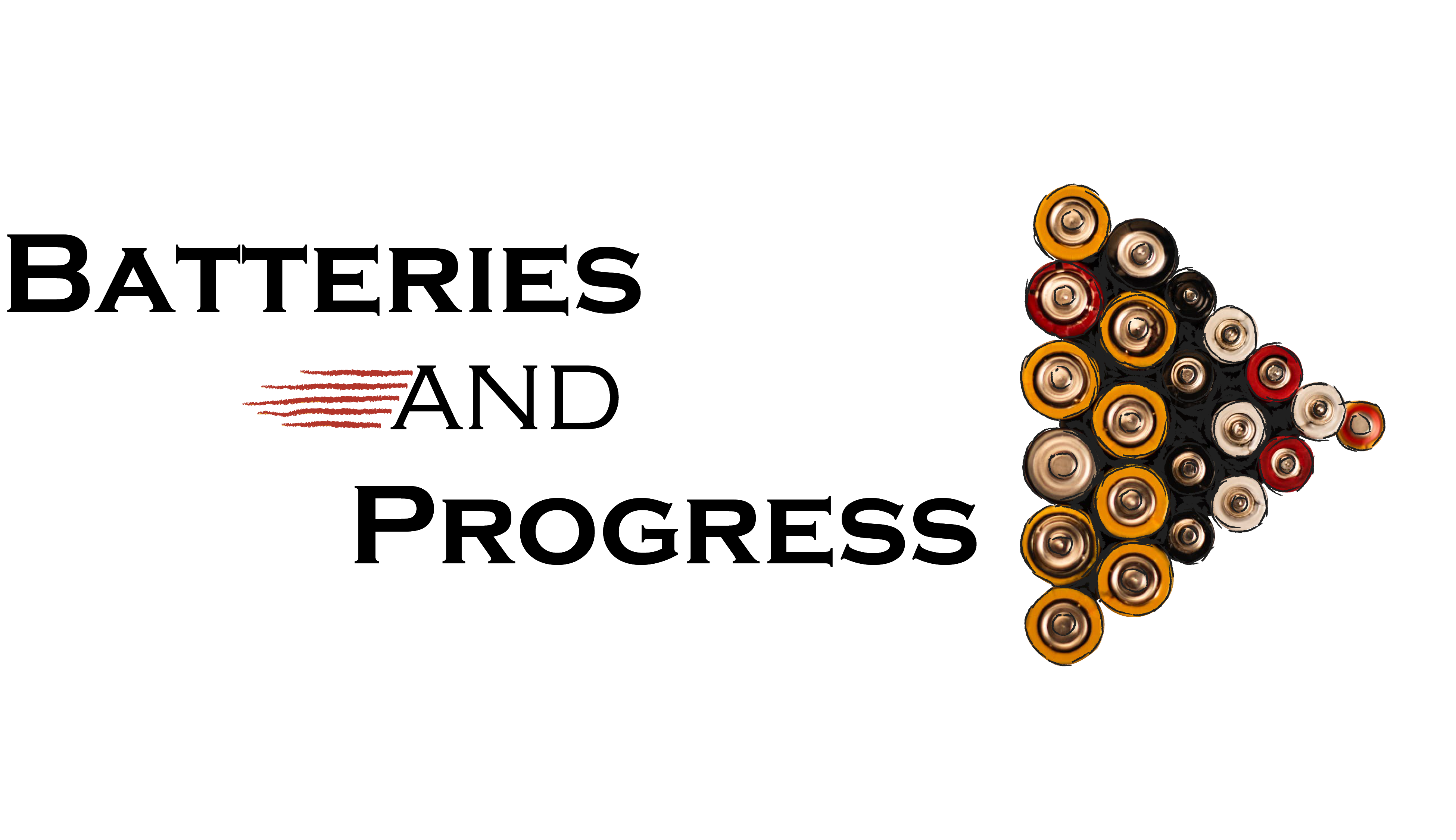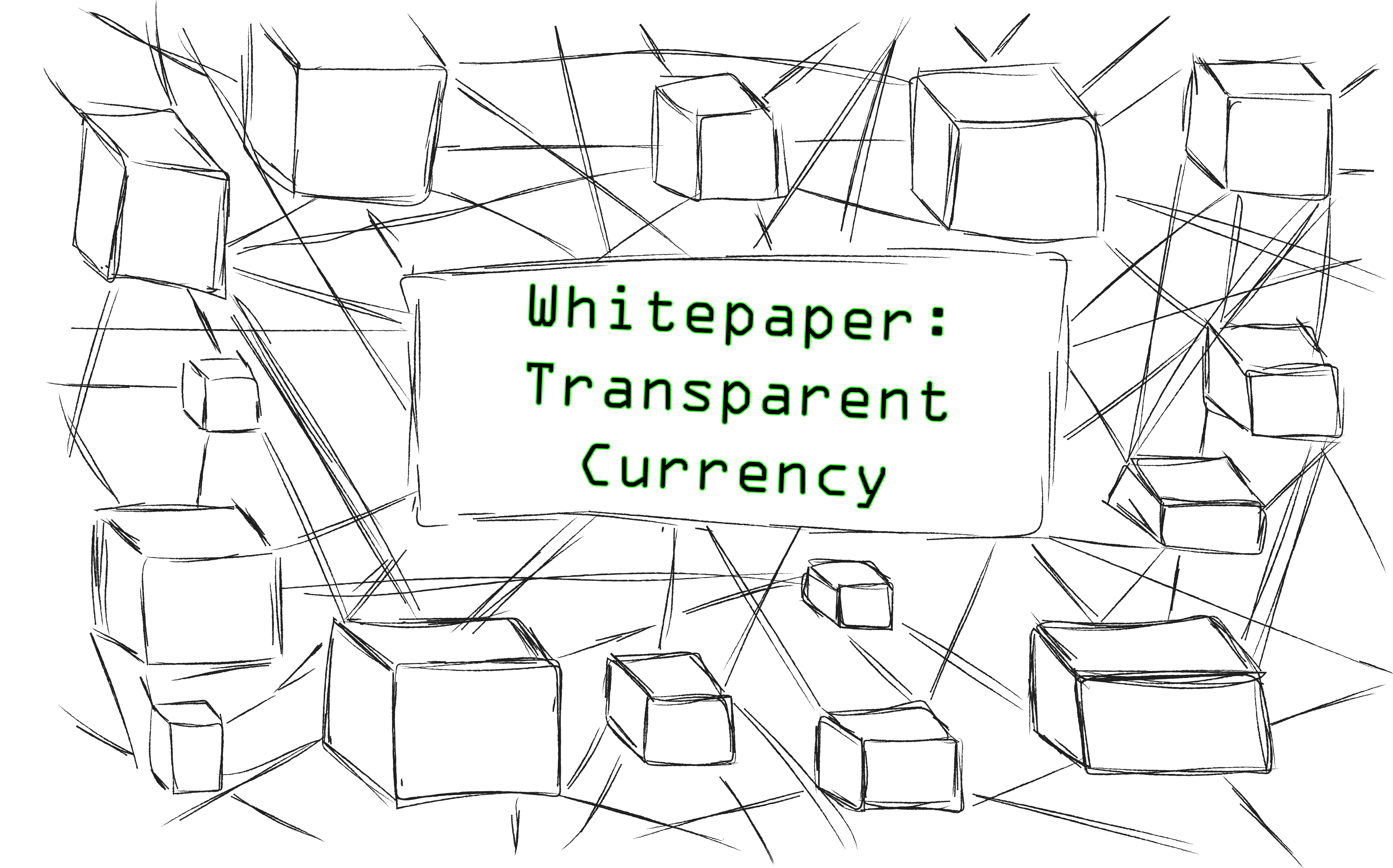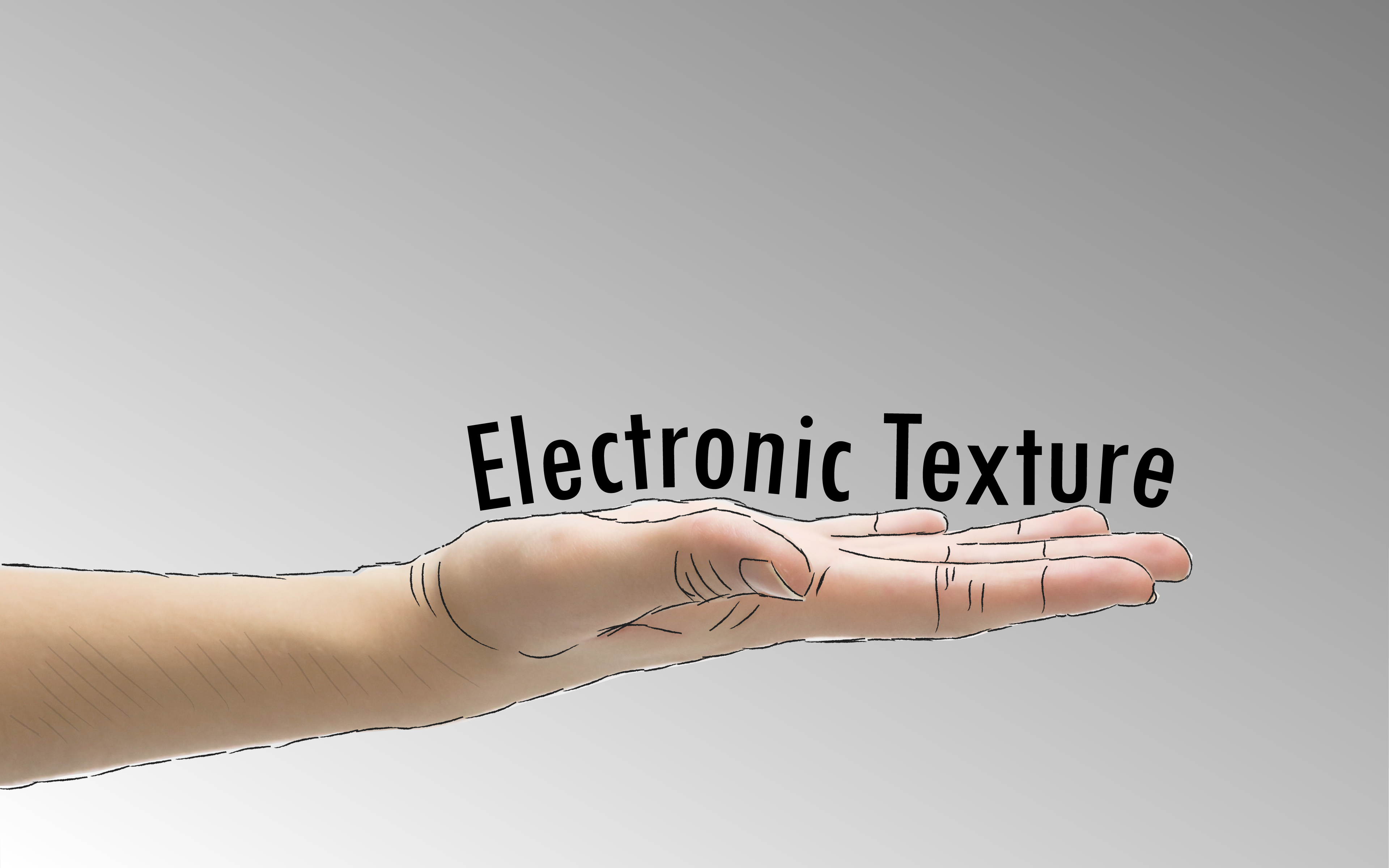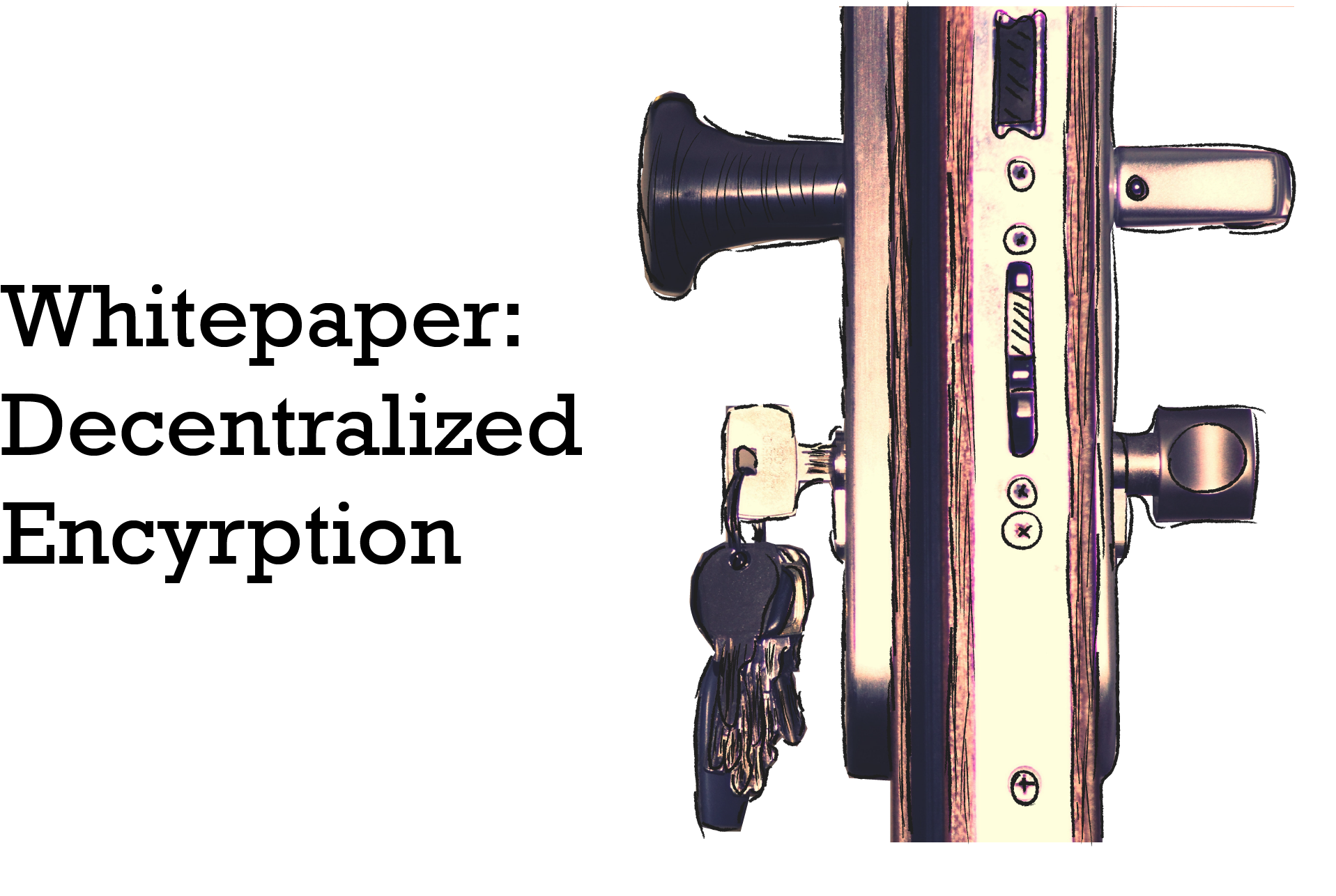This is going to be the first of a series of three articles to explain my recently published paper. The first article will be about the future of testing drugs, the second will be about how we can get rid of side-effects in the medication, and the third will be about the future of healthcare.
A paper that I co-authored (over a year ago) , was recently featured on the cover of Science Translational Medicine. It goes by the title Mechanism and Reversal of Drug-Induced Nephrotoxicity on a Chip1, which sounds complicated, and in this case really is complicated. Yet, to understand what this paper is about and why you should care, we have to understand the problems it seeks to solve. This means learning a little bit about how we make drugs, the FDA, and the drug-approval process.
Let’s say that you wanted to make a drug. There are a number of reasons you may want to do this: to save millions of lives, to get rid of the every-day headache, or even to save your loved one from a rare genetic disease. Yet, it is much simpler said than done. The average development of a drug takes 13.5 years and costs around 2.5 billion dollars2. It takes so long because most of the things we are trying to fix are not well-understood. The brain is a mystery, our organs are black-boxes, and our nervous system might as well exist on the spiritual realm.
That is not to say we don’t understand the parts; we have analyzed and classified every last bit of meat in our bodies, but those labels don’t actually help us understand the mechanisms. You can label every animal in a jungle, but that doesn’t help you understand the ecosystem as a whole. Therefore, it can take a really long time to even get a vague understanding of the details of the disease you are trying to cure.
Even once you get the details, you still cannot just rely on your understanding to make the drug. Science in general is not designed to predict the outcomes of an experiment, its designed to set up experiments. So, in your efforts to make a drug, you have to first try thousands of compounds at a time to see which ones have the desired effect. This is called drug discovery, and it is really inefficient. Trial and error is not usually the ideal method of solving a problem, it is more of a last resort.
Beyond that, it also costs a large fortune because all that research and experimentation can’t be done in a garage. It requires the brightest minds (with the highest wages) and the most complicated machines the world has ever made.
Beyond that, it also costs a large fortune because the all that research and experimentation can’t be done in a garage. It requires the brightest minds (with the highest wages) and the most complicated machines the world has ever made.
But, let’s say you put in the time and the money: you have finally come up with a drug that, for example, kills cancer. Now, the drug worked in the lab, but you have to start testing it outside the lab. So, you set aside a couple years to test it on animals. First you try it on mice and rats, then on dogs and monkeys. These tests can take years and are quite expensive. But, you’ve already done so much work, so, you’re willing to do whatever it takes. You keep on testing it and testing it until you are confident that it both works on animals and won’t harm humans.
Eventually, you reach out to the your local government drug administration and ask permission to test it on people. You have to prove that you’ve done the work and that you are confident it won’t hurt anyone. Filling out the paperwork itself can take a year if you’re new to the whole process. But, if you’re papers are in order and your research is solid, the FDA will give you permission to test it on a small group of people. And finally, after you have sunk a decade of time and billions of dollars, you have now reached the point where 92% of drugs die a quiet death. You heard me right, 92% of drugs fail in human clinical trials 3. After the billions of dollars you have spent, and a decade of your life, your drug has less than a 1 in 10 chance of actually becoming a product. This isn’t because of bureaucracy or overly strict testing, rather because of one of two issues:
- Most drugs developed in a lab simply don’t work on humans. Even if your drug worked on animals and was backed up by science, there is just no guarantee that the human body won’t simply process it in a way where it ends up doing absolutely nothing. The body is complicated, and we don’t understand it as well as we claim to. So, sometimes you just have to make the drug and hope it’ll work.
- Even if a drug does do what it claims to, i.e. kill cancer, that doesn’t mean that it won’t also cause kidney failure or a heart attack. When you watch drug commercials, there is a reason that they always say “side effects may include death,” its because side effects are often deadly. The truth is, a lot of drugs do more harm than help and the FDA is very careful to make sure they don’t approve a drug that will end up killing more people than it will save.
And this is the problem with current drug development, a whole lot of time and money is wasted on drugs that either don’t work or are extremely dangerous. You may be wondering how this process could be so inefficient? Well, there are literally thousands of research groups around the world trying to tackle this exact question. Some of them are trying to make the research step itself more efficient through better techniques and experimentation. Others are trying to do more basic research into how the body works so that we can make more informed guesses before we even start. Each of these areas alone suck up hundreds of billions of dollars of funding and while there have been promising results, these groups have mostly failed to improve the development process. This leads us to the third way people are trying to solve the problem: making testing better.
Why do we test drugs on animals? PETA, and many other organizations argue that animal experimentation is cruel 4. They’re not wrong, we literally make animals sick, while holding them in small cages, in order to ensure the validity of our experiments. It is hard to watch, but in the end of the day its better than testing on humans. Would you rather kill a monkey or a person with your untested cancer drug? I really hope you answered the monkey.
Yet, this is starting to change due to a number of recent breakthroughs in tissue engineering. In other words, we have gotten really good at making cells. What do I mean by this? Well, you may have heard of stem cells. These are cells that are a blank slate, they can be transformed into whatever you want if you feed them the right things, and take care of them in the right way. They are like babies, their personalities and physical features aren’t formed yet, so they’re easily moldable. And in 2006, Shinya Yamanaka figured out a way to make human stem cells very easily (we call them IPSCs in the biz)5. If you want, you can now buy gallons of human stem cells for a couple hundred bucks.
So, this prompted many to seriously look at the following question: why don’t we just test medications on human cells instead of animals? Now, people have been asking this question for decades, but only recently have we finally gotten to the point where our technology makes it possible.
It is also important to note that the history of tissue engineering is both fascinating and scary. It reaches into issues from racism to identity. In the early days, we would collect samples from patients without their permission. Henrietta Lacks was a young black mother in the 1940s, whose cells are reproduced by the millions today, despite her never having given permission6. Beyond that, we are entering into an age where we want to treat people based on their genetic ethnicity, but is it ethical to change our approach to treatment based on whether someone is black, Latino, Jewish, or white 7? If our history can tell us anything, its that we are not very good with keeping our biases in check when it comes to medicine. We truly are in a uncharted territory, and I encourage everyone to develop their own opinions on these matters before they enter the realm of public opinion and politics.
But, returning to our question: why don’t we just use human cells? Sadly, its not as simple as that. If you try take some cells from a body, the cells will die within an hour or two, even if kept in ideal conditions. That is just not long enough to test medications, so people have had to figure out ways to make cells live longer. The best way to make a cell live longer is to make it cancerous (as many cancer cells can live forever), but as you may have guessed this is not an ideal solution. Beyond that, you can’t actually start from a human cell, you have to build the cell from scratch. So the first step in making human cells that you can test medications on is to grow the cell you want from a stem cell. The second step is finding a balance between making that cell too cancerous and not cancerous enough.
This leads us to our third problem: one cell is not enough to test medications on, you need a lot of cells. In the early days, researchers would just stick a whole bunch of cells into a flat petri dish and let them grow, but as it turns out this doesn’t really imitate human cells in the body so well. Cells don’t exist in a 2D flat world, they exist in a vibrant 3D world. It took a long time for researchers to make 3D scaffolds that cells could grow around such that they worked even remotely as well as they would have in the body. This is still an active area of research today.
Even once you have a whole bunch of slightly cancerous cells all organized in a 3D structure, you still can’t just test medications on them. When you give a cancer medication to a monkey with cancer, its pretty easy to see if the medicine worked, but how can you tell if a cancer medication worked on a slightly cancerous clump of cells? It is easy to see if a monkey died, but its much harder to see if cells died. This leads use to our fourth problem: monitoring the health of cells.
There are two primary ways of seeing if cells are happy and healthy:
- Looking at general measurements like glucose metabolism and oxygen consumption.
- Looking at a cell’s RNA.
These are both very hard to to do. The first method involves using physical sensors such as spectrometers, fancy chemical oxide probes, and much more to get a general indication on whether the cells are eating, breathing, pooping, and communicating. The second method is even more complicated. In order to look at a cell’s RNA, you have to throw a bunch of special chemicals and tools at it. Then you have have to convert the resulting goop into digital data. If you do that all right you will end up with mountains of unsorted data. You then have to process that data by matching it to some reference DNA. After that you have to match that data to databases that contain decades of unformatted research into protein structures. Imagine trying to finish the world’s hardest jigsaw puzzle without the picture on the box. You then solve the puzzle only to find that the pictures is just a collection of random lines and shapes which you have to interpret in a meaningful way. Both of these methods are active areas of research today.
So, once you have slightly cancerous cells in a 3D matrix with probes and sensors sticking out of it alongside gigabytes of processed data, you can then determine whether a cell is dying from the drug you gave it. And that is exactly the first idea that our paper demonstrates: the ability to create a system where you can test a medication on a kidney cell that is more accurate than animal testing would ever be.
Now we (as humans) are in the early stages of this method, and this paper only talks about the efficacy of testing one medication on a single type of kidney cell, but it is a promising start to making more reliable medications at a fraction of the cost and in a portion of the time.
In the next article I will explore how this paper promises to make side-effects a thing of the past, so stay tuned if you are interested!
[2] I don’t like Elsevier, but here is a link.
[3] A Chapter of a book on Organ on Chip Technologies
[4] Peta on Animal Experimentation

